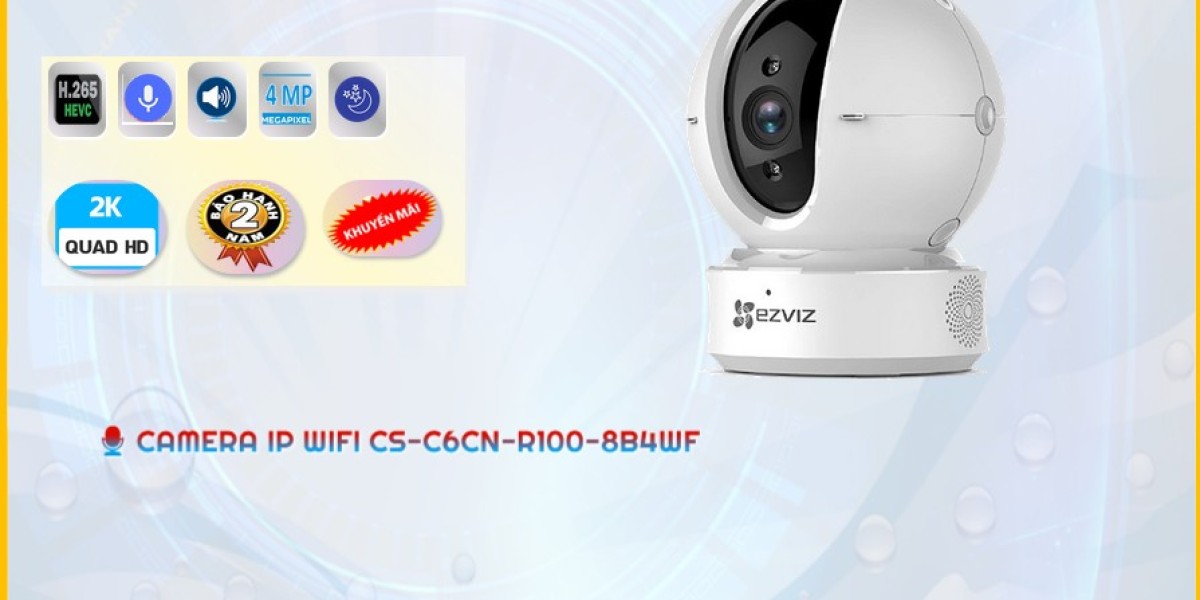The global Smart Helmet Market Size has witnessed significant growth in recent years, driven by advancements in technology and increasing awareness of safety measures across various industries. Valued at approximately USD 727.80 million in 2023, the market is projected to grow at a remarkable CAGR of 18.3% during the forecast period of 2024-2032. Smart helmets are equipped with advanced features such as augmented reality (AR), communication systems, and various sensors that enhance safety and efficiency, particularly in construction, manufacturing, and automotive sectors.
Key Benefits of Smart Helmets
Smart helmets offer numerous benefits that make them a valuable asset across industries:
Enhanced Safety: Equipped with sensors that monitor environmental conditions, smart helmets can detect potential hazards and alert users in real-time. This proactive approach significantly reduces the risk of accidents and injuries.
Improved Communication: Many smart helmets feature built-in communication systems, allowing workers to maintain contact with their team without needing to remove the helmet. This feature enhances collaboration and ensures that critical information is shared promptly.
Augmented Reality Integration: Smart helmets can provide AR overlays that display relevant information directly in the users field of vision. This feature is particularly useful for maintenance and assembly tasks, where real-time guidance can improve accuracy and efficiency.
Data Collection and Analysis: Smart helmets can collect valuable data on worker performance, environmental conditions, and potential hazards. This data can be analyzed to improve safety protocols and operational efficiency.
Regulatory Compliance: By using smart helmets, organizations can demonstrate their commitment to safety and compliance with industry regulations, potentially reducing liability and insurance costs.
Key Industry Developments
The smart helmet market has seen several notable developments in recent years:
Technological Advancements: Continuous innovations in sensor technology, AR, and wearable devices have significantly enhanced the functionality and usability of smart helmets. Companies are increasingly integrating features like GPS tracking, health monitoring, and 3D mapping.
Collaborations and Partnerships: Major players in the industry are forming strategic alliances with technology companies to enhance their product offerings. For instance, partnerships with AR software developers allow manufacturers to integrate advanced visualizations into their helmets.
Regulatory Changes: Governments and regulatory bodies are increasingly emphasizing worker safety, leading to stricter safety regulations in industries such as construction and manufacturing. This trend is driving the adoption of smart helmets as a compliance measure.
Growing Demand in Emerging Markets: The demand for smart helmets is rising in emerging economies due to rapid industrialization and increasing awareness of workplace safety. Manufacturers are focusing on these regions to expand their market presence.
Driving Factors
Several key factors are contributing to the growth of the smart helmet market:
Rising Safety Awareness: Increasing awareness of workplace safety among employers and employees is driving the demand for smart helmets. Organizations are investing in innovative safety solutions to protect their workforce.
Technological Advancements: The integration of advanced technologies such as IoT, AR, and AI in smart helmets enhances their functionality and appeal, attracting more consumers.
Government Initiatives: Governments worldwide are implementing initiatives to promote worker safety, including subsidies for safety equipment. Such measures are encouraging the adoption of smart helmets.
Aging Workforce: The aging workforce in various industries is prompting the need for solutions that can assist older workers in performing tasks safely. Smart helmets equipped with monitoring features cater to this demographic.
Restraining Factors
Despite the positive outlook for the smart helmet market, several challenges may hinder its growth:
High Cost: The advanced technology incorporated in smart helmets can lead to higher prices compared to traditional helmets. This cost barrier may deter smaller companies from adopting these solutions.
Technical Limitations: Issues related to battery life, connectivity, and data security can pose challenges for smart helmet manufacturers. Ensuring reliability in harsh working conditions is crucial for user acceptance.
Resistance to Change: Many workers and employers may be hesitant to adopt new technologies, preferring traditional methods. Overcoming this resistance requires effective training and education on the benefits of smart helmets.
Market Segmentation
The smart helmet market can be segmented based on various criteria:
By Technology
- AR-enabled smart helmets
- Communication-enabled smart helmets
- Sensors-based smart helmets
By Application
- Construction
- Manufacturing
- Automotive
- Firefighting
- Others
By Region
- North America
- Europe
- Asia-Pacific
- Latin America
- Middle East Africa
Market Outlook
The smart helmet market is poised for significant growth in the coming years, driven by technological advancements and an increasing focus on safety in various industries. As companies recognize the importance of investing in worker safety, the demand for smart helmets is expected to rise, especially in sectors with high-risk environments.
Trends
Key trends shaping the smart helmet market include:
Integration of IoT: The growing adoption of IoT technologies in smart helmets is enabling better connectivity and real-time data sharing, enhancing user experience and safety.
Customization and Personalization: Manufacturers are focusing on customizable smart helmets that cater to specific industry needs and user preferences, driving innovation in design and functionality.
Sustainability Focus: As environmental concerns grow, manufacturers are exploring sustainable materials and production processes for smart helmets, aligning with global sustainability goals.
Industry Segmentation
The smart helmet industry is characterized by a diverse range of players offering innovative solutions. Major players in the market include:
- DAQRI
- Vuzix Corporation
- Smart Helmet Company
- Everysight
- Bae Systems
- Samsung Electronics
- Motorola Solutions
- Lumos Helmet
- Nippon Steel Corporation
- Honeywell International Inc.
Regional Analysis/Insights
North America
North America holds a significant share of the smart helmet market, driven by high safety standards and regulations in industries such as construction and manufacturing. The presence of key players and technological advancements further bolster market growth in this region.
Europe
Europe is witnessing a growing adoption of smart helmets, particularly in the construction and automotive sectors. Stringent regulations regarding workplace safety are encouraging companies to invest in advanced safety equipment.
Asia-Pacific
The Asia-Pacific region is expected to exhibit the highest growth rate during the forecast period. Rapid industrialization, increasing awareness of safety, and a rising number of construction projects contribute to the demand for smart helmets.
Latin America and Middle East Africa
Emerging economies in Latin America and the Middle East Africa are gradually adopting smart helmets as safety awareness increases. The growing construction and mining sectors in these regions present lucrative opportunities for market players.
Top Impacting Factors
Several factors are impacting the smart helmet market, including:
Technological Innovations: Advancements in smart technologies, such as AR and IoT, are driving the development of more sophisticated and user-friendly helmets.
Increasing Industrial Accidents: The rising number of workplace accidents highlights the need for effective safety solutions, further fueling the demand for smart helmets.
Government Regulations: Stricter regulations aimed at enhancing worker safety are pushing industries to adopt innovative safety equipment.
Market Competition: The presence of multiple players in the smart helmet market fosters competition, leading to continuous improvements in product offerings.
Major Key Players
- Skully Technologies Europe
- Sena Technology,Inc.
- Vozz Helmets
- Jarvish Inc.
- Others








